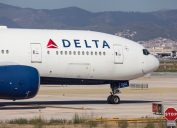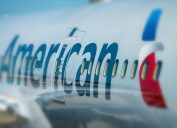"Extreme Heat" Is Forcing Airlines to Delay Flights and Remove Passengers
Triple-digit temperatures in parts of the U.S. are forcing carriers to make changes.
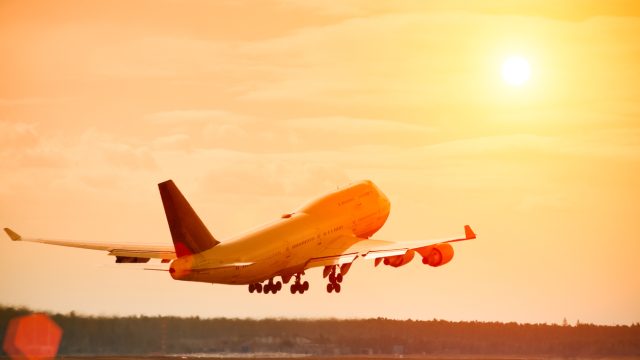
It's no secret that extreme weather can put a serious kink in air travel plans. In most cases, it's severe thunderstorms or heavy snowfall that bring departures to a grinding halt. But what some travelers may not realize is that sweltering temperatures can also affect how planes work. And now, "extreme heat" scorching parts of the U.S. is forcing major airlines to delay flights and remove passengers as a result. Read on to see how carriers are coping with the hot weather and how it could interfere with your travel plans.
READ THIS NEXT: Delta Is Cutting Flights to 16 Major Cities, Starting in August.
Major airlines have been forced to deal with "extreme heat" affecting their operations.
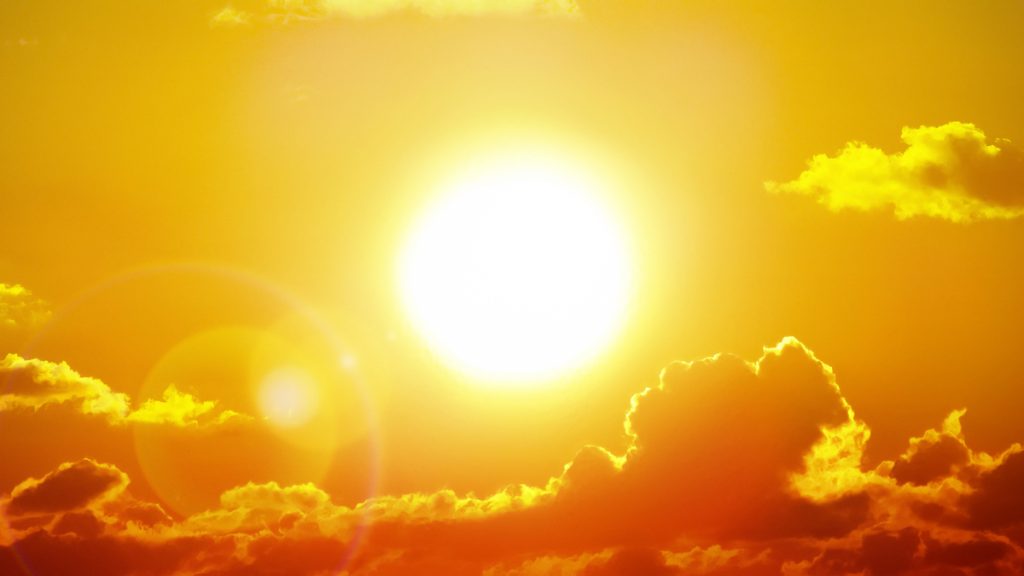
Parts of the U.S. have been grappling with long-running heat waves over the past few weeks that have broken records and led to dangerous conditions for millions of Americans. In some of the worst-hit areas, this has also resulted in issues for air travel, as major carriers have been forced to cope with the extreme heat and change their operations in the name of safety, Bloomberg reports.
In response to triple-digit temperatures that have hung over the Southwestern U.S. since June 30, Las Vegas-based Allegiant Airlines issued a statement saying the company would opt to delay flights if conditions posed any potential danger or discomfort for passengers.
And on July 17, Delta Air Lines said that several passengers had voluntarily walked off a flight from Las Vegas to Atlanta as extreme temperatures created issues with weight onboard, the carrier confirmed to Bloomberg.
Higher temperatures can create specific issues for planes.
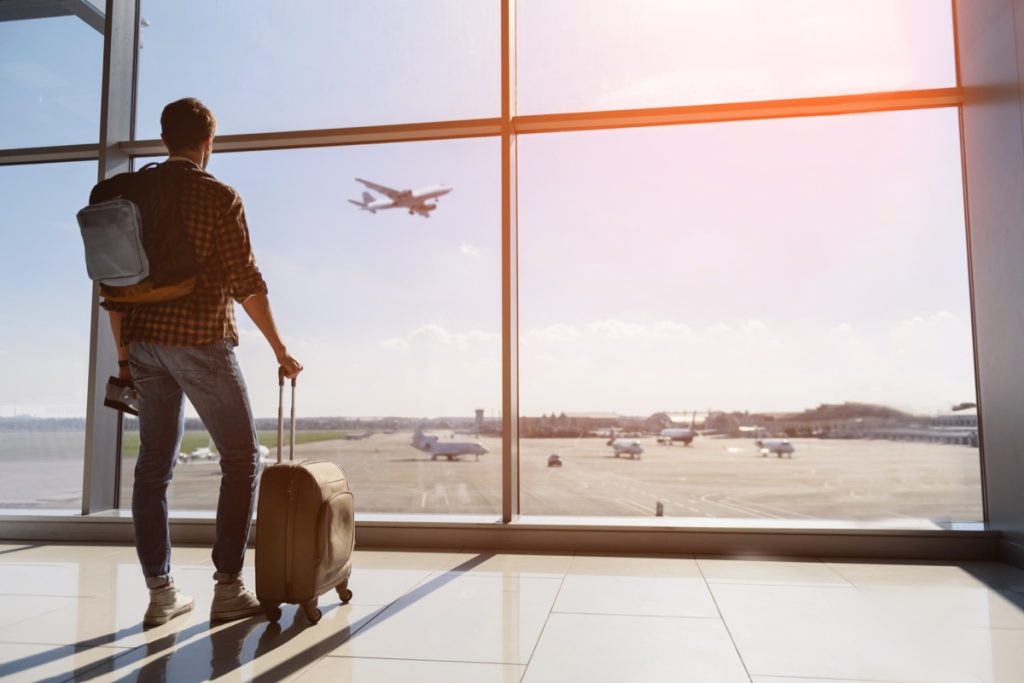
While it's easy to see why torrential rain or strong winds can create issues for aircraft, sweltering heat can also have a surprisingly significant effect on them. That's because air becomes less dense the more it warms up, which reduces the performance efficiency of jet engines and makes it harder for a plane's wings to generate lift, USA Today reports.
And while there is no universally set limit for what constitutes being too hot to fly, companies have still devised guidelines.
"Airlines generate proprietary performance charts for the airports at which they operate, and there may be an upper limit to the outside temperatures for which their performance data ranges have been calculated," Kristi Tucker, a spokesperson for airplane manufacturer Airbus, told The Arizona Republic, per USA Today.
Performance isn't the only potential issue, however. Commercial aircraft also rely on special external air conditioning units to keep cabins comfortable while at the gate but must use an onboard system that takes air passing into the engines that is then chilled and pushed into the plane.
While this is effective in-flight, sweltering temperatures while a plane taxis on a runway can overwhelm the system. Situations like this can create uncomfortable and even unsafe conditions for passengers—including on a July 17 Delta flight in Las Vegas last week when multiple passengers suffered from heat stroke while sitting onboard during a four-hour delay, CBS News reports.
RELATED: For more up-to-date information, sign up for our daily newsletter.
Other airlines have confirmed they're changing their operations due to high temperatures.
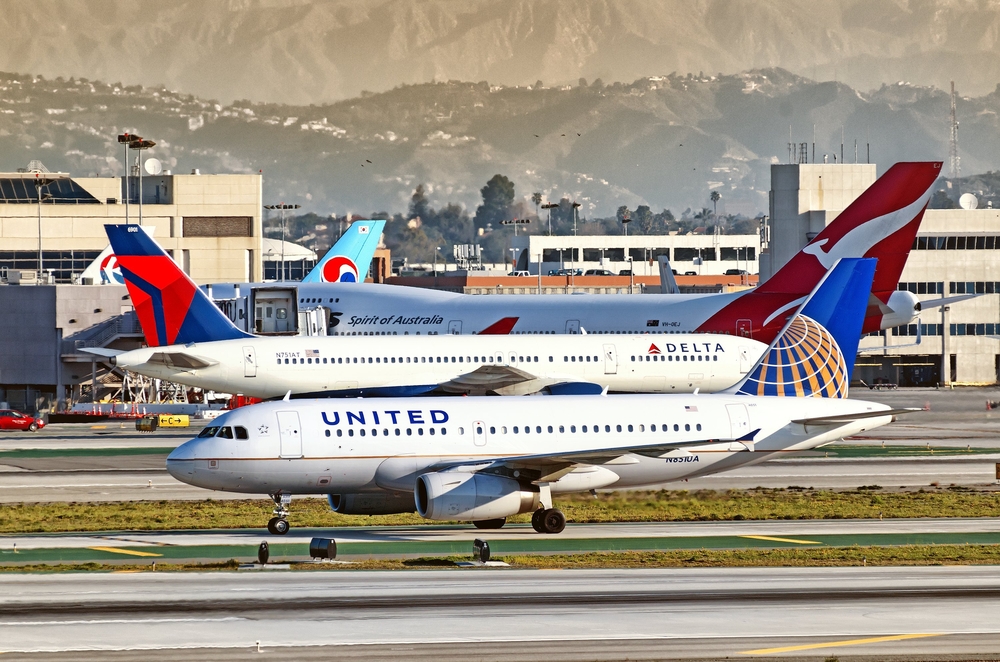
Besides Allegiant, the ongoing heat wave has led some major airlines to tweak their operations to allow for safety.
"Additional protocols have been put in place to address the operational impacts extreme heat has on aircraft, including loading less fuel to account for weight and balance and schedule refueling along the route when needed," Delta said in a statement issued on July 21.
American Airlines has also said it's dealing with the heat by changing operations to avoid weight issues on flights and by performing early maintenance on auxiliary power onboard cooling systems in its aircraft.
"Though we've had a very small number of diversions and delays related to high temperatures, the plan we have in place has allowed us to avoid significant impact," a spokesperson for the airline said, per Bloomberg.
American, Delta, and United Airlines also confirmed that employees who work outdoors, including baggage handlers and ramp workers, were given extra breaks, plenty of water, and increased access to shade or air-conditioned rooms, Bloomberg reports.
Extreme heat could remain a problem for airlines for at least a little while longer.
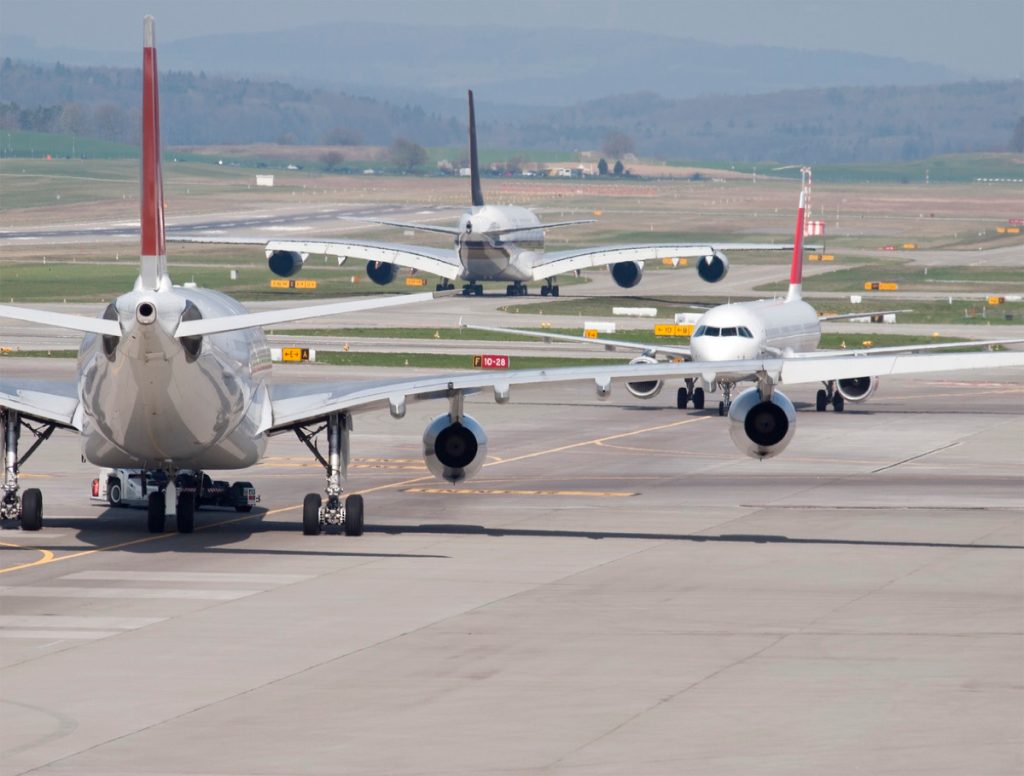
This isn't the only time recently when extreme heat has affected air travel. In 2017, more than 50 American Airlines flights were canceled amid sweltering temperatures that reached 119 degrees Fahrenheit, USA Today reports. At the time, the company cited an issue where Bombardier CRJ aircraft in the carrier's fleet weren't certified to fly in temperatures above 118 degrees.
Unfortunately, there may not be a cool-down in the immediate future. High temperatures are expected to spread even farther across the U.S. in the coming days, with officials issuing heat advisories and warnings across more than a dozen states.
"For much of July hot dangerous conditions have been normal in parts of the West, Texas, and Florida," the National Weather Service said in a forecast discussion, per NBC News. "These summer conditions will build and expand across the Eastern two-thirds of the country this week, starting in the north-central states and Plains."

